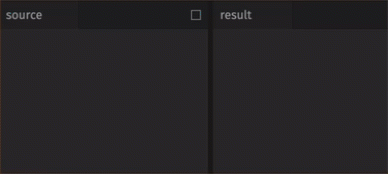tail
The tail method returns a table with a specific number of rows from the end of the source table.
Syntax
table.tail(num_rows: int) -> Table
Parameters
| Parameter | Type | Description |
|---|---|---|
| num_rows | int | The number of rows to return. |
Returns
A new table with a specific number of rows from the end of the source table.
Examples
The following example filters the table to the last two rows.
from deephaven import new_table
from deephaven.column import string_col, int_col, double_col
from deephaven.constants import NULL_INT
source = new_table(
[
string_col("Letter", ["A", "C", "F", "B", "E", "D", "A"]),
int_col("Number", [NULL_INT, 2, 1, NULL_INT, 4, 5, 3]),
string_col(
"Color", ["red", "blue", "orange", "purple", "yellow", "pink", "blue"]
),
int_col("Code", [12, 14, 11, NULL_INT, 16, 14, NULL_INT]),
]
)
result = source.tail(2)
The following example uses tail on a blink table. Note that tail treats the blink table like an append-only table, showing the five rows that were most recently added to the table, regardless of what update cycle they are a part of.
from deephaven import time_table
source = time_table(period="PT0.5S", blink_table=True)
result = source.tail(5)
